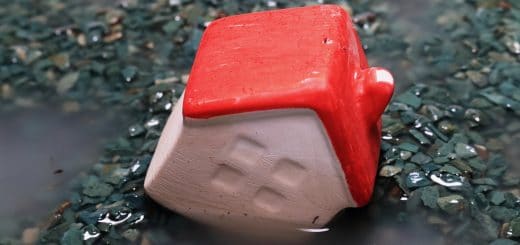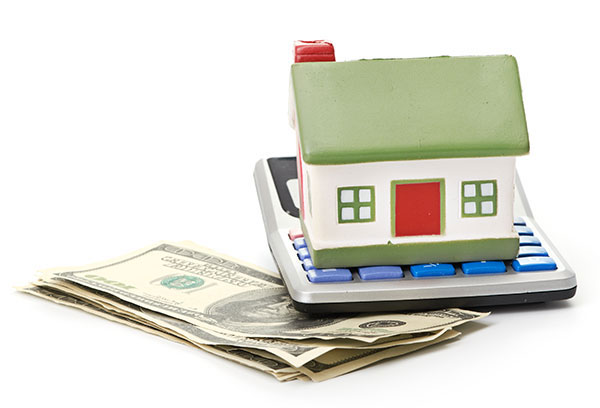Looking for Hidden Damage after a Storm
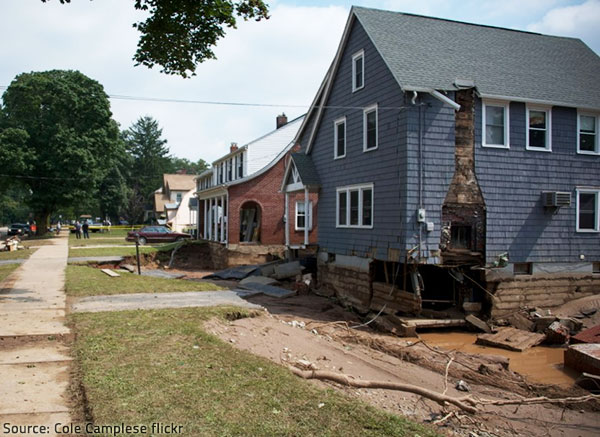
You need to take quick and adequate measures to restore the good condition of your property immediately after a storm.
When a storm passes through, it often leaves wreckage and ruin in its wake – fallen trees, broken roofs, and shattered windows are just some of the common signs of damage we usually witness in the aftermath of a storm. And while this physical damage is obvious and calls for immediate action, another type of storm damage may remain hidden and unrecognized for a long time, slowly but steadily compromising the integrity of the home and posing considerable risks to the occupants’ health and safety.
From water contaminationContamination is the presence of harmful or unwanted substan... More to displaced wildlife, storms and other natural disasters may cause various kinds of damage that are difficult to identify and restore. Overlooking any of them, however, may result in severe problems and disastrous consequences.
To ensure the good condition of your property and the well-being of your loved ones after a natural disaster, you need to promptly detect any hidden damage and address it without delay.
But do you know what to look for after a storm? How to stay safe and prevent further troubles? You will find all the answers you need in the comprehensive guide below.
Common Kinds of Hidden Damage after a Storm

Watch out for the first signs of water damage to your property and address the problem without delay to prevent more severe troubles.
When inspecting your property after a disaster, you may easily miss the small signs of hidden damage that could prompt you into action and allow you to prevent severe problems. To be able to quickly recognize potential risks and take adequate precautionary measures, you need to be familiar with the most commonly overlooked kinds of damage and safety hazards.
Water Damage
Small leaks and moldMold is a type of fungus that grows in damp or humid conditi... More growth often remain unnoticed until it is already too late and your property has sustained considerable structural damage. So, when checking for storm damage, keep in mind that:
- Any cracks or chips in the walls, roof, siding, stucco, fascia, window frames, screening, etc., however small they may be, may result in leakage and water damage;
- Water into the crawl spaces of your home may cause structural damage and moldMold is a type of fungus that grows in damp or humid conditi... More growth unless timely removed;
- Wet building materials and damp household items may decay or spur moldMold is a type of fungus that grows in damp or humid conditi... More growth over time.
Contamination
Flood water may contain agricultural and industrial waste materials, harmful bacteria, fecal matter from sewageSewage is wastewater containing biological and chemical cont... More systems and septic tanks, and various other contaminants that can affect your and your family members’ health. Therefore, it is of paramount importance to properly disinfect any household surfaces and materials that have been in contact with flood water and throw away any food that may have been contaminated. It is also advisable to discard mattresses, bedding, rugs, stuffed toys, clothing, and other fabric materials that have been saturated by flood water.
Good to remember:
- Never allow children and pets to play in floodwater!
- Boil drinking water – just in case.
Electrical Hazards
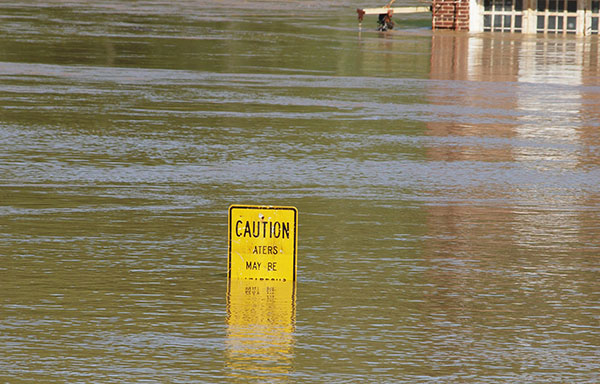
Floodwater may pose great risks to your and your family members’ health and safety.
Downed power lines and electrical equipment that has been exposed to flood water pose great safety hazards to you and your family. Make sure you keep away from fallen power lines (they are extremely dangerous and should always be treated as live) and shut off the power supply to your home during a storm. Use battery-powered lanterns and flashlights (not candles!) until it is safe to turn on the electricity. Have the electrical system, household appliances, and electrical devices in your property inspected and repaired by a professional before using them again.
Wildlife
Spiders, sandflies, mosquitoes, and other insects are certain to increase in numbers following storms, floods and other natural calamities. Even snakes, alligators, and other dangerous animals may get displaced from their normal habitats and find their way into your property. So, be very careful in the period after a disaster – do not let your kids and pets play outside unattended, wear long sleeves and pants, apply personal insect repellent, and watch out for wildlife that may have hidden among the debris. If you see a snake or another dangerous animal, back away from it slowly and do not touch it. In case you find one in your home, call the animal control agency in your county and follow their instructions. If bitten by a poisonous spider or snake immediately seek medical attention.
Needless to say, you should also be alert to shattered glass, sharp objects, broken tree limbs, and other debris that may cause injury or harm.
What to Do after a Storm?
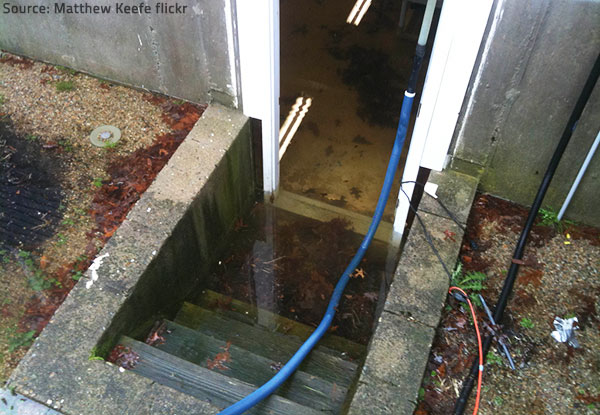
Remove excess water and dry out your home as soon as possible after a natural disaster.
To avoid injuries and contaminationContamination is the presence of harmful or unwanted substan... More, you need to clean up and restore what’s left behind after a storm as soon as possible. Your best course of action is as follows:
1) Ensure a beneficial claims process
Contact your insurance agency immediately after the disaster and document any property damage before beginning the restorationRestoration is the process of returning a property to its pr... More work. Any evidence you can gather (photos, videos, etc.) and relevant documentation you can find (receipts, warranties, etc.) will help you get the most out of your insurance claim, so that you can restore your property and get your life back on track without encountering financial difficulties.
2) Clean up the debris and dry out your home.
Remove any larger debris from your property and shovel out the mud. Rinse all hard surfaces with a garden hose, then scrub them with a heavy-duty cleaner and hot water. Consider using a solutionA solution is a homogeneous mixture of two or more substance... More of chlorine bleach and water to better disinfect the surfaces and kill any remaining germs.
Open up doors and windows to ventilate the space and run fans and dehumidifiers in the rooms to remove moisture from the air and help the building materials dry out sooner (within a couple of days in order to prevent eventual mold growth).
3) Restore the ceilings and walls of your home
Make sure the ceilings and walls in your home are properly disinfected and completely dry. You may have to remove and replace plasterPlaster is a building material made of lime, gypsum, or ceme... More, paneling, and wallboard, as well as wall insulationInsulation is a material used in buildings to reduce the tra... More, especially if the materials have come in contact with sewageSewage is wastewater containing biological and chemical cont... More water. If not, you may be able to salvage them – clean them thoroughly and dry them fully before reusing them.
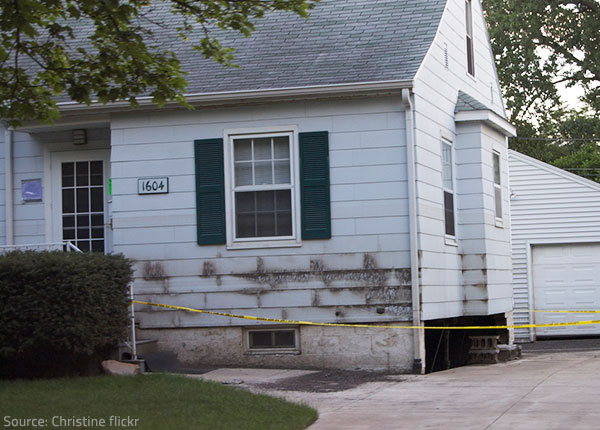
Make sure you don’t miss any signs of storm damage to your property and fix any potential problems in a quick and efficient manner.
4) Restore floors and carpeting
Take away any floor coverings (carpet, linoleum, vinylVinyl is a durable synthetic plastic material commonly used ... More, etc.) immediately after removing the excess water from your home, so that the subflooring can dry. Scrub the floors with a disinfectantA disinfectant is a chemical substance used to kill or inact... More cleaner and let them dry completely.
Any carpets, paddings, area rugs, and other similar materials that have been contaminated by sewageSewage is wastewater containing biological and chemical cont... More or stayed under water for more than 24 hours should be discarded. In all other cases, you can wash them, dry them well, and use them again. It may be a good idea to have the carpeting professionally cleaned under such circumstances.
5) Restore the electrical system
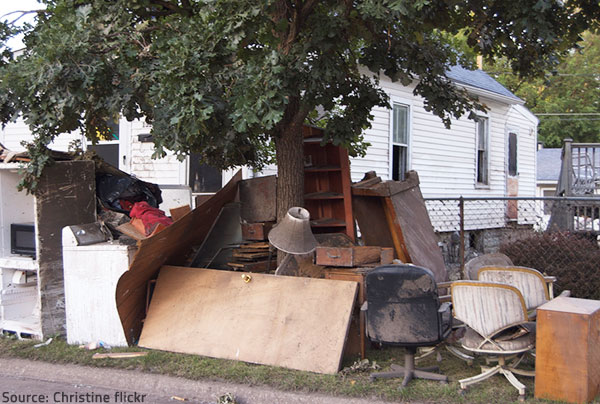
Salvaging your household items and personal belongings after a natural disaster may turn out to be quite a challenge.
As already mentioned, the electrical system in your home should be inspected and repaired by an electrician in order to be safe to use. (Have in mind not to switch the electrical supply back on until your home has dried out fully, as there is a risk of electrocution.)
Household appliances and electrical devices must be serviced and sanitized before you can use them again. The heating and cooling system should also be carefully inspected and cleaned before being put back into service.
6) Disinfect and dry out household items
Household items and personal belongings that have not been ruined by flood water should be cleaned, disinfected, and taken out into the sun to dry. To salvage solid wood furniture and other delicate or valuable items, however, you should have them restored by a professional.
7) Pay special attention to the kitchen
Make sure your cooking utensils, dishes, and silverware are safe for preparing and serving food:
- Wash kitchen cabinets, cupboards, tabletops, and counter tops with a material-appropriate disinfectantA disinfectant is a chemical substance used to kill or inact... More cleaner;
- Soak glasses, cups, bowls, and plates and in a solutionA solution is a homogeneous mixture of two or more substance... More of chlorine bleach with hot water;
- Disinfect pots, pans, silverware, and other metal items by boiling them for at least 10 minutes.
If the sustained damage is too extensive or if you’re not sure you will be able to properly restore your home, leave the task to professional storm damage restoration specialists. They will know how to ensure your safety and the excellent condition of your property in a quick and efficient manner. What’s more, you won’t have to worry about the restorationRestoration is the process of returning a property to its pr... More costs, as your homeowner’s insuranceHomeowner’s insurance is a policy that provides financial ... More will cover most of them.










